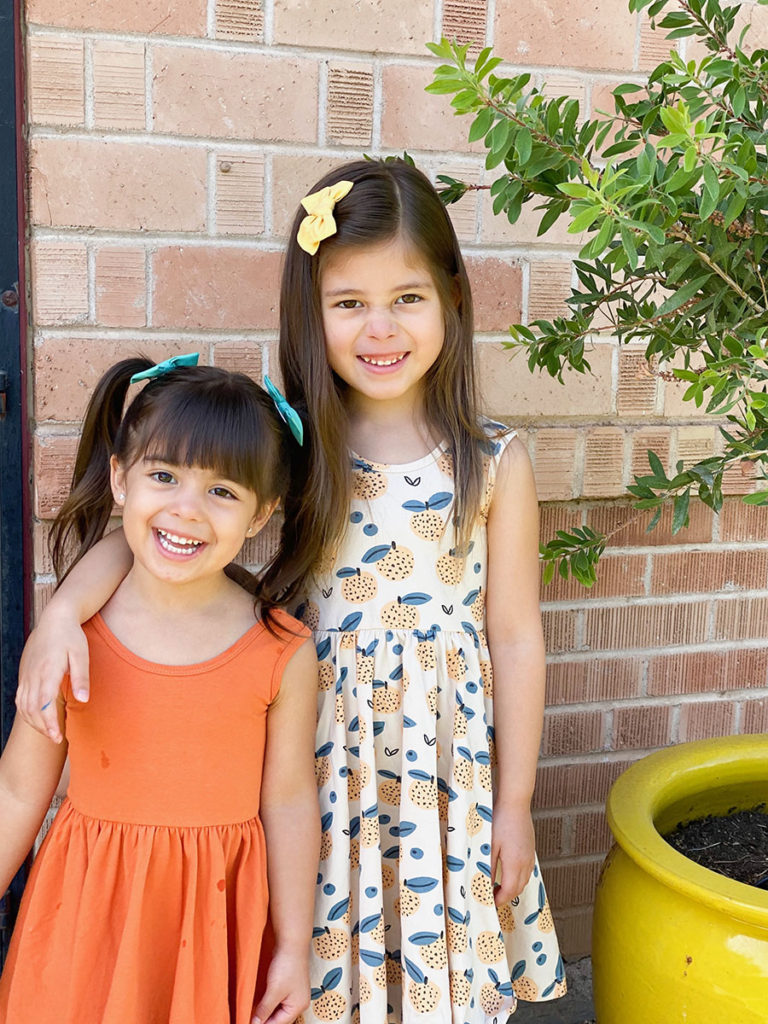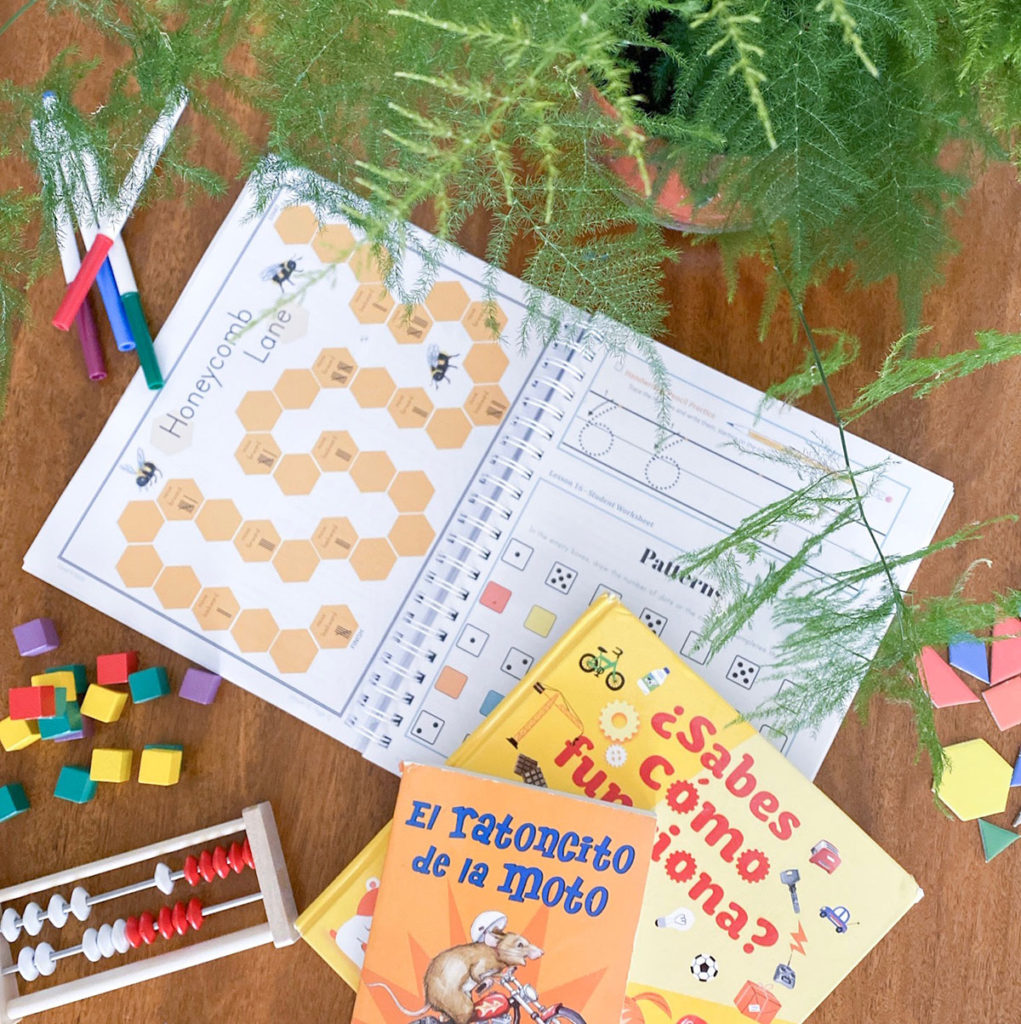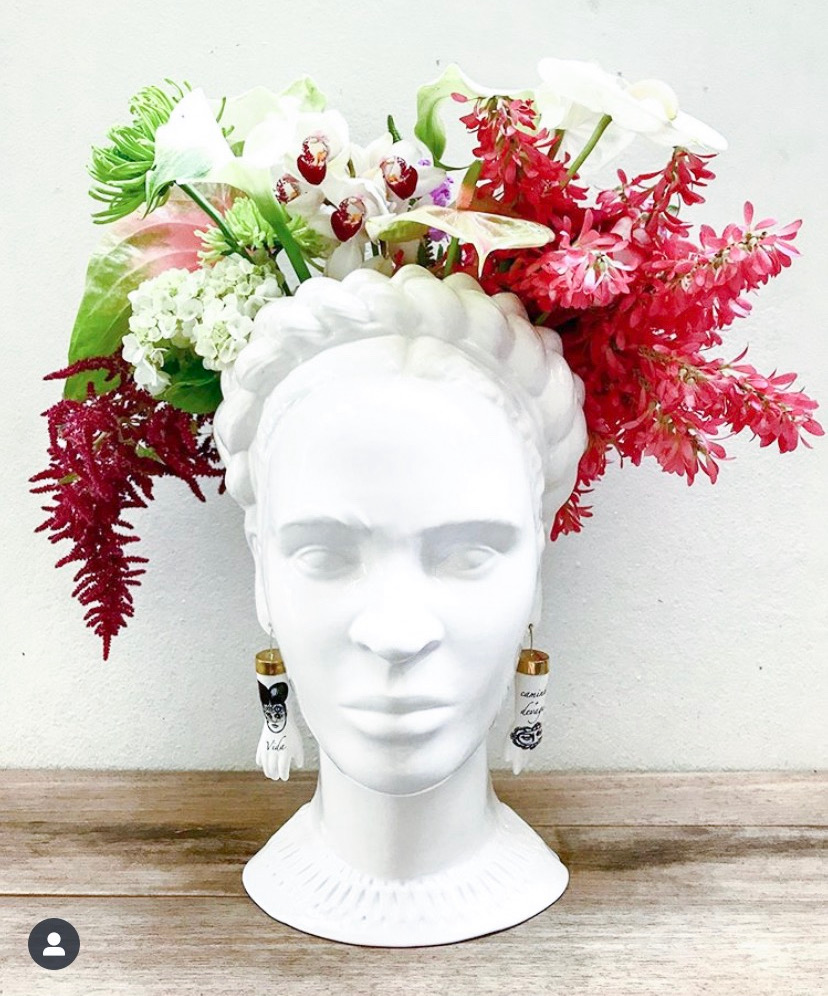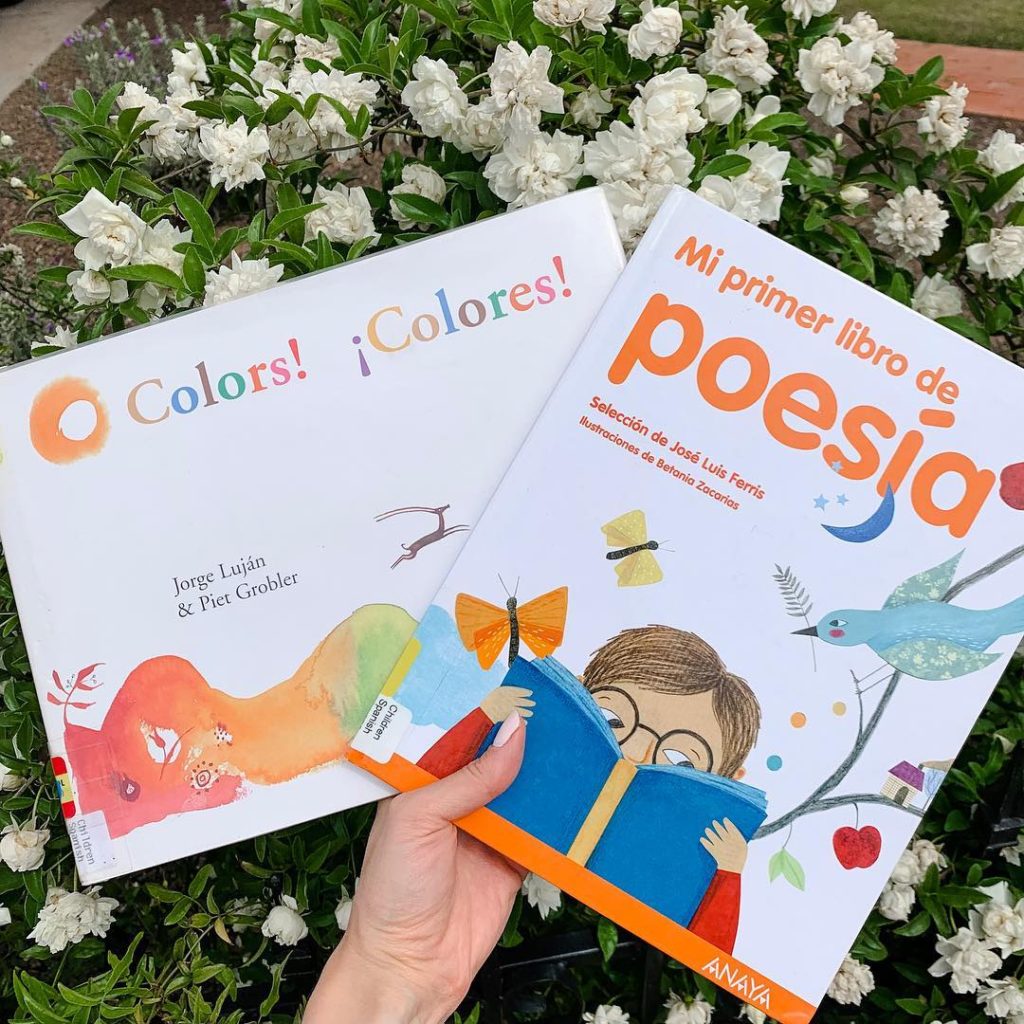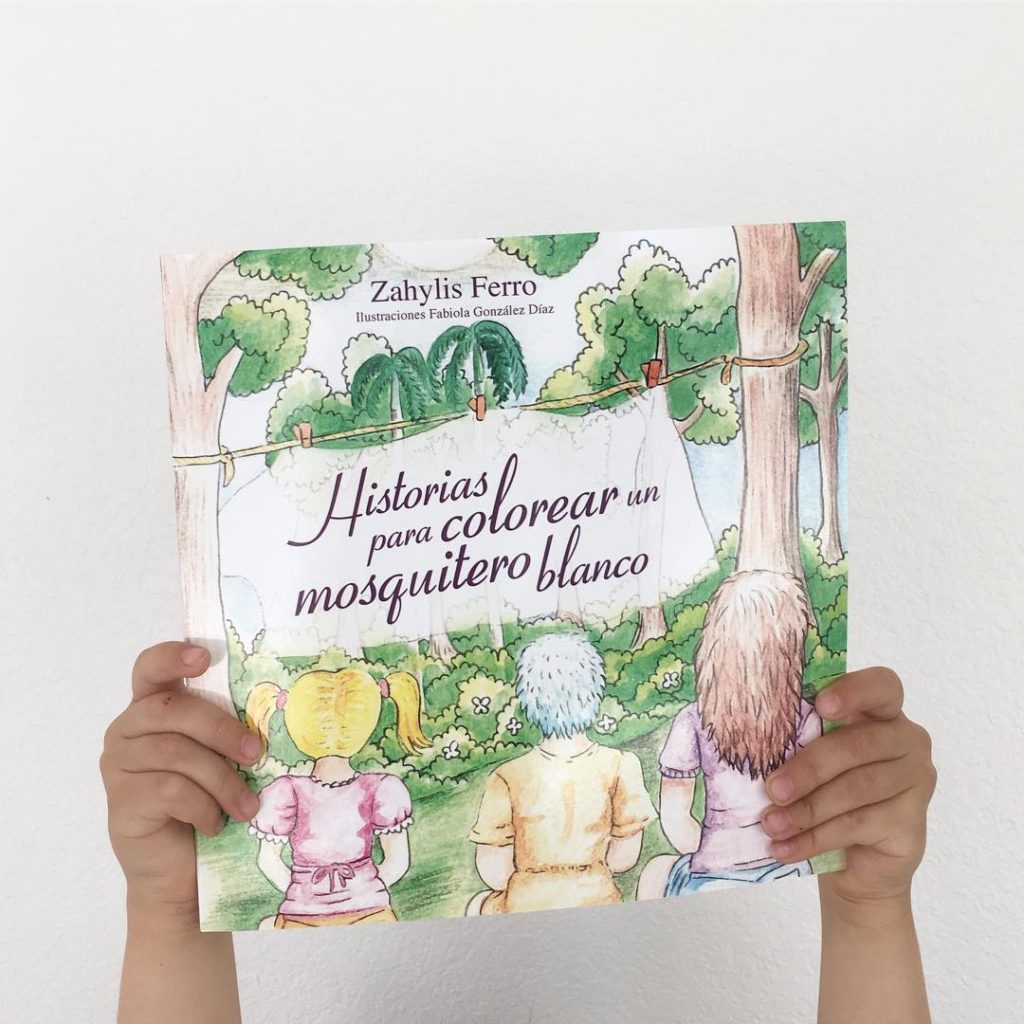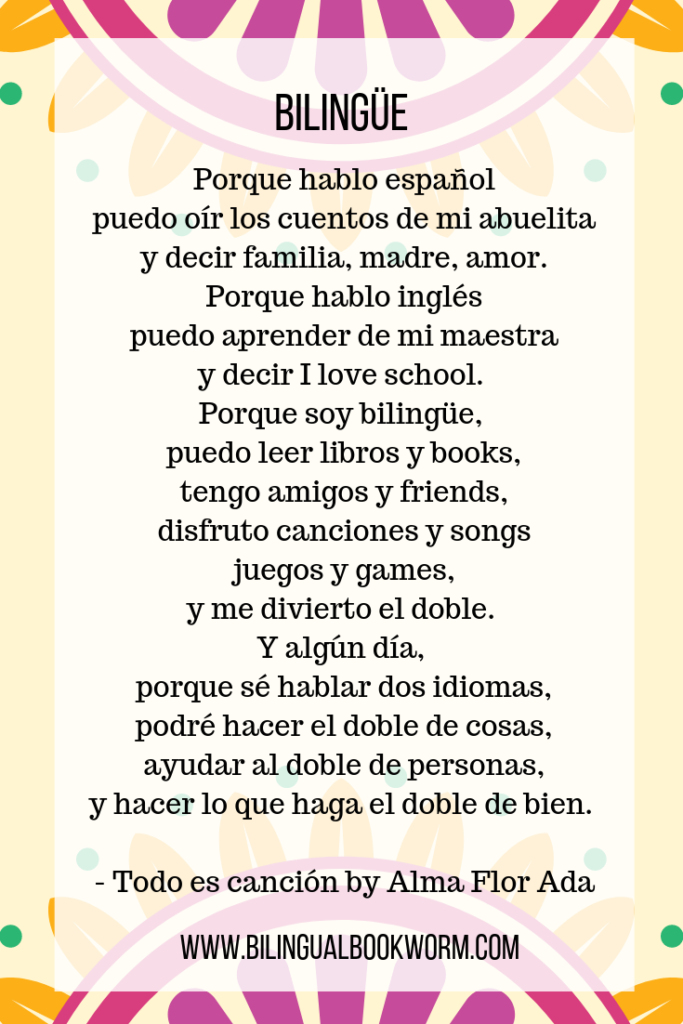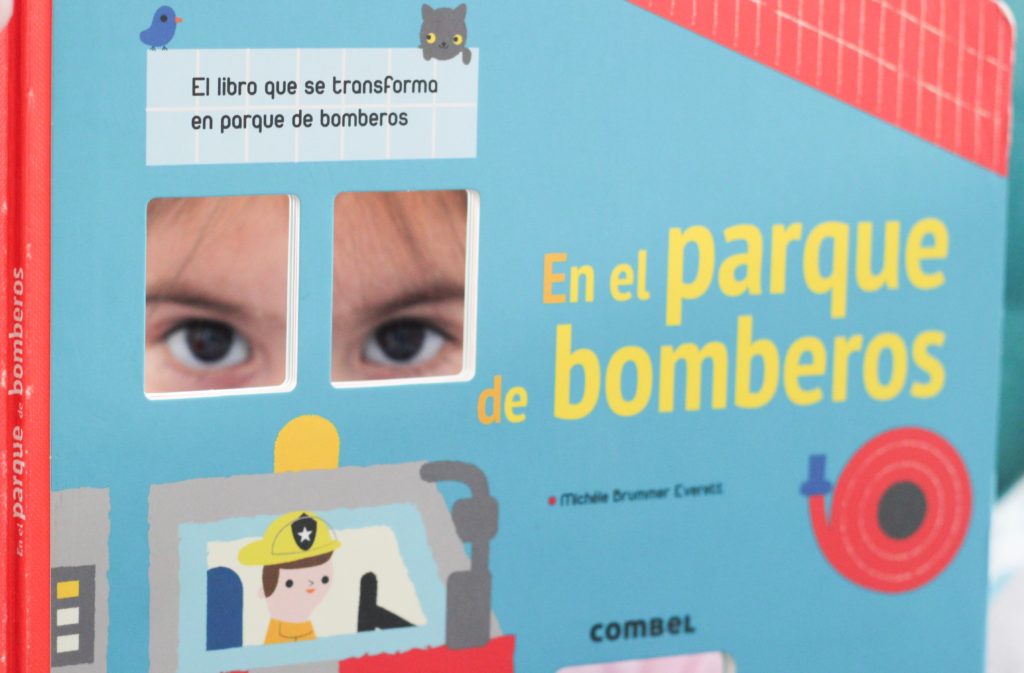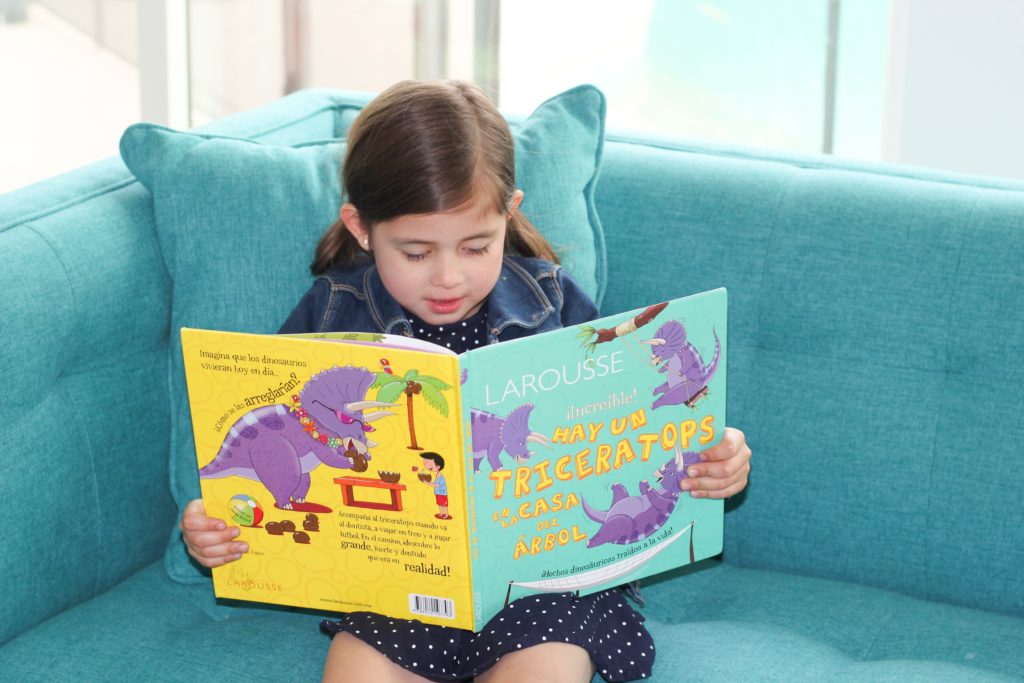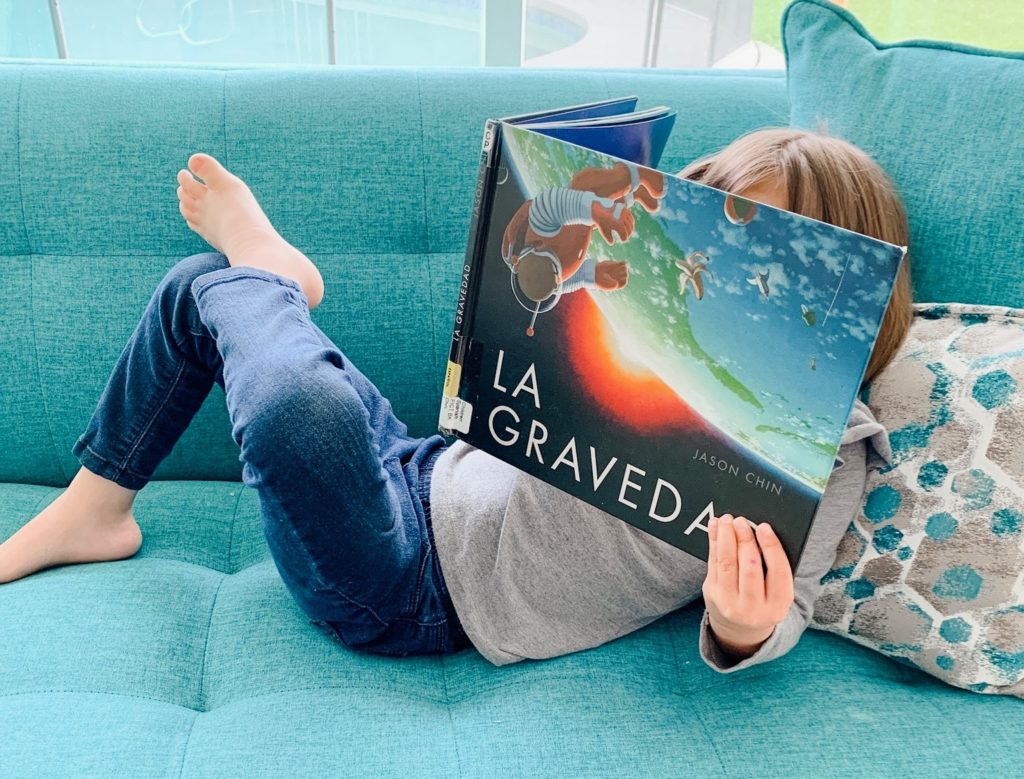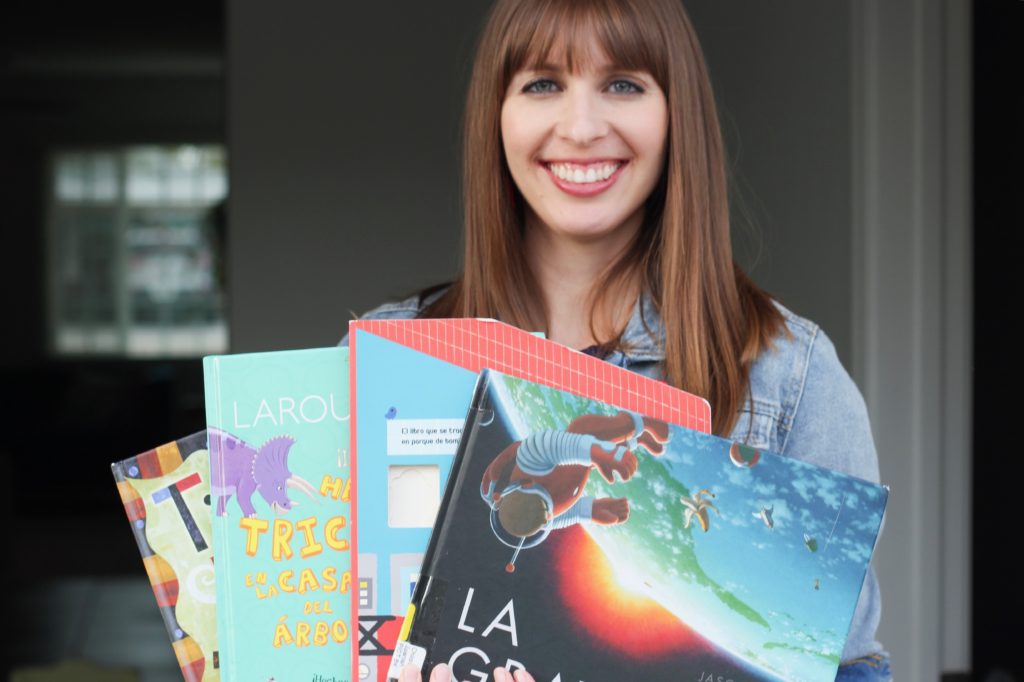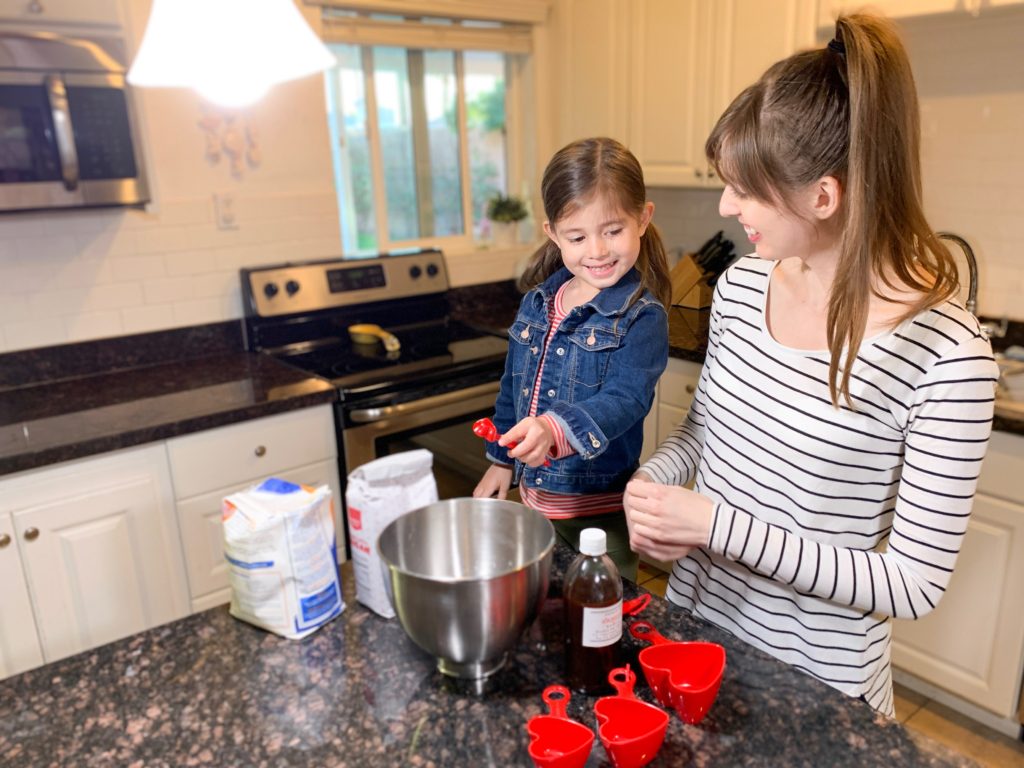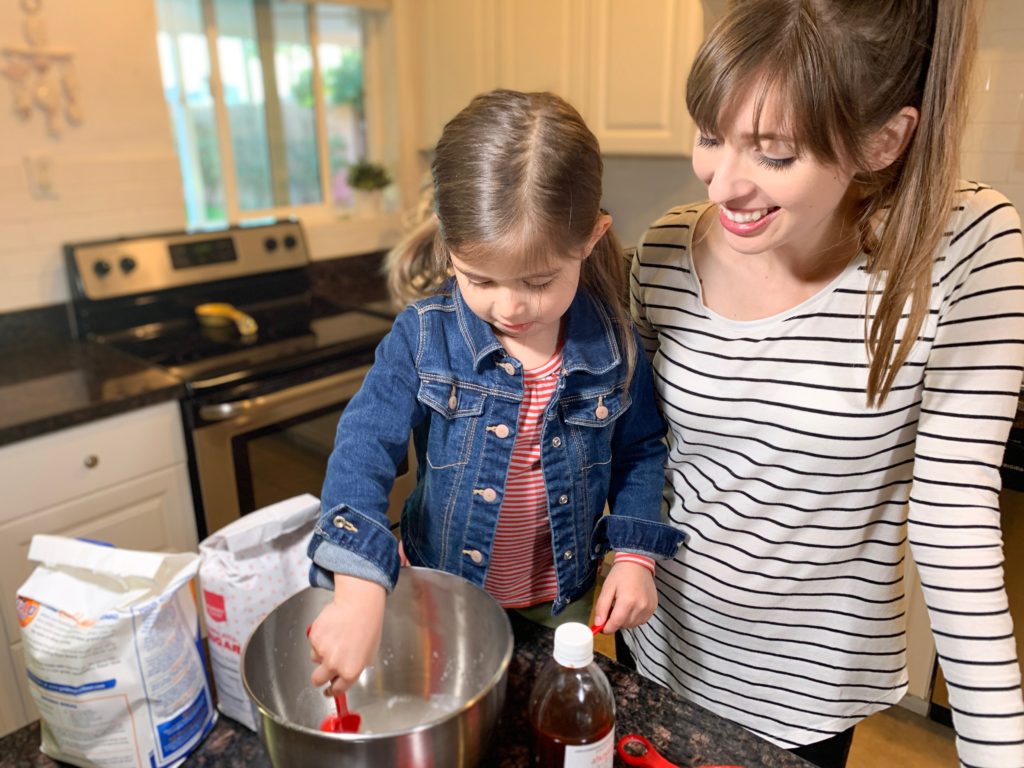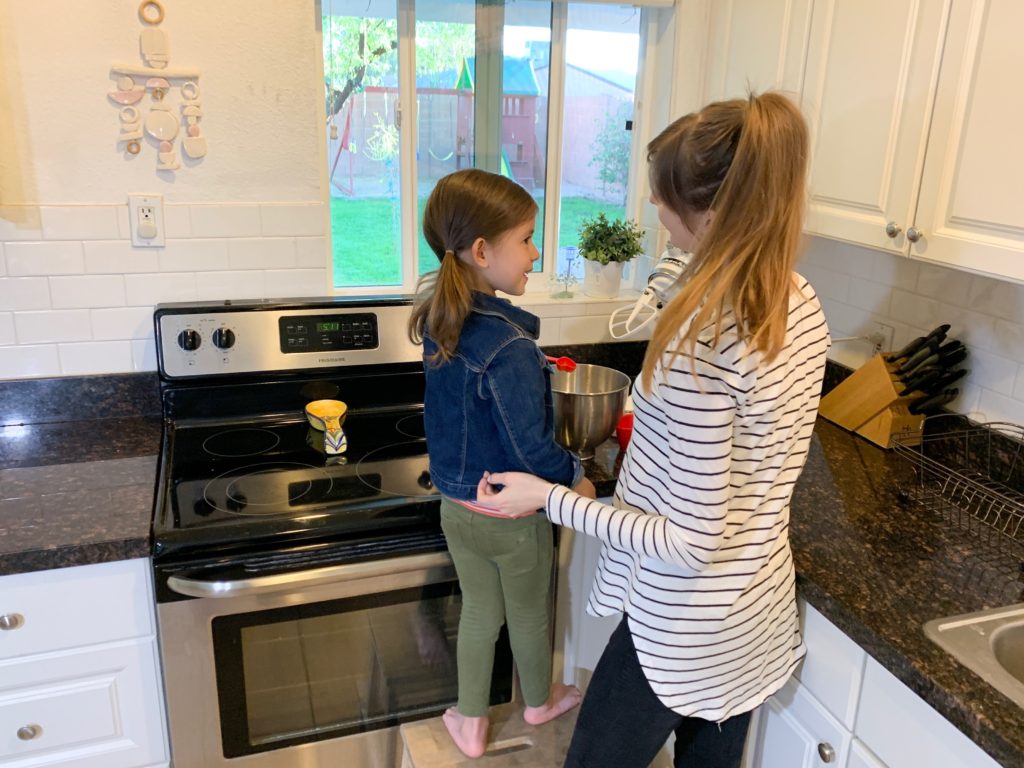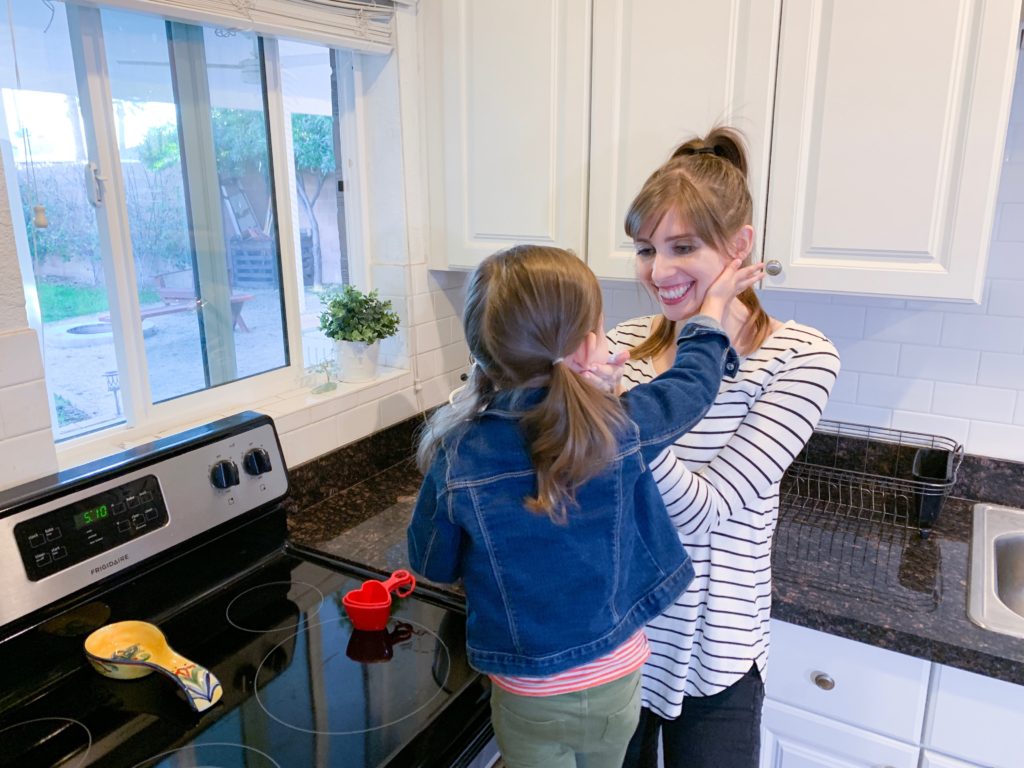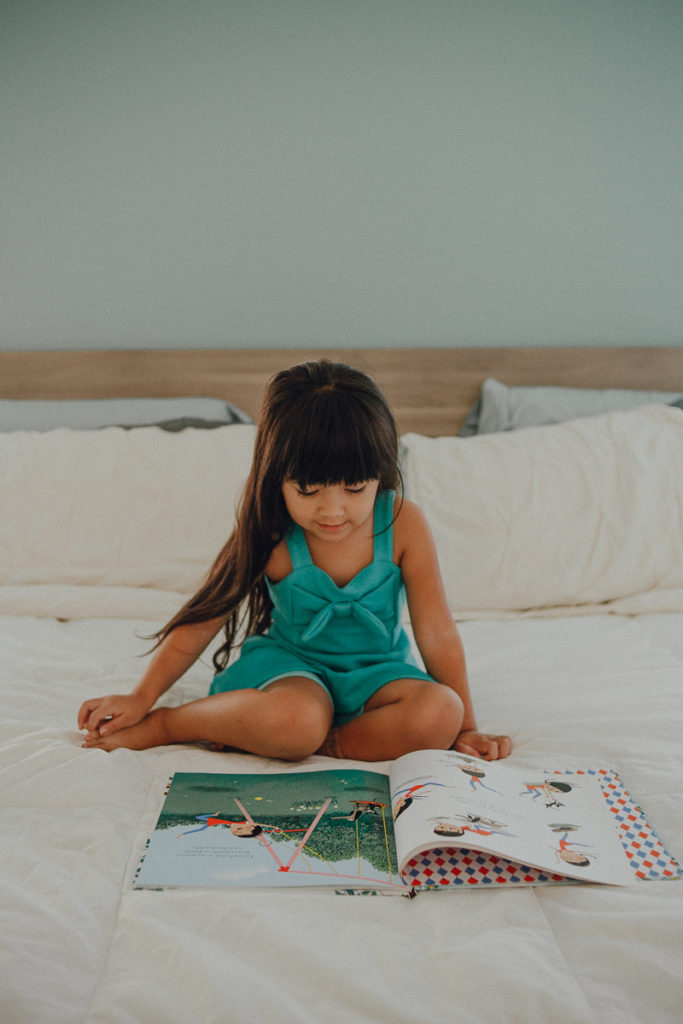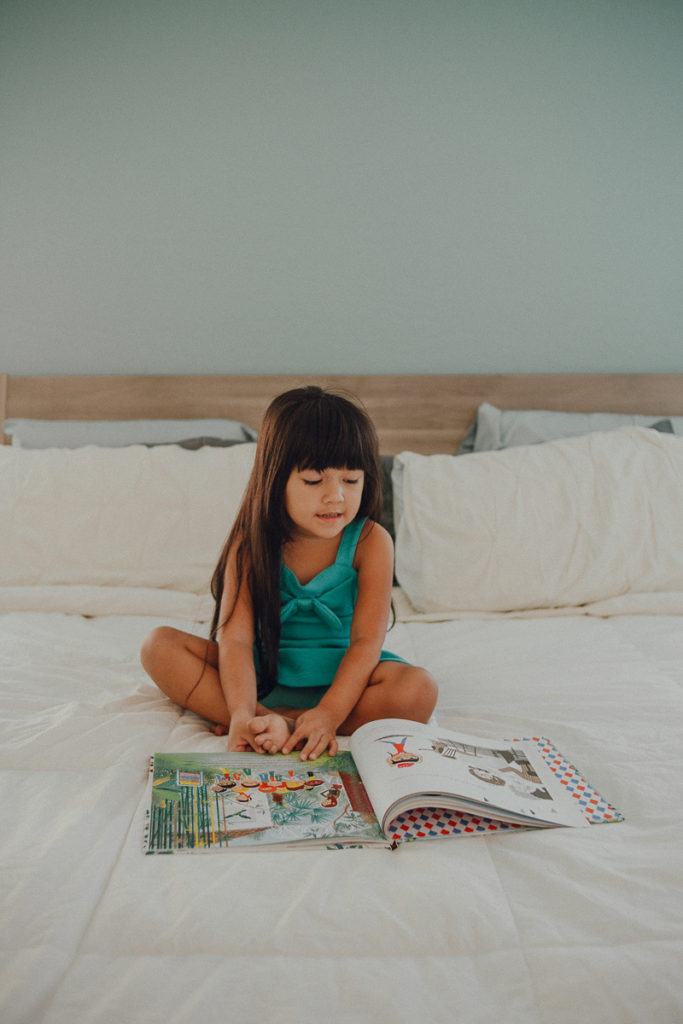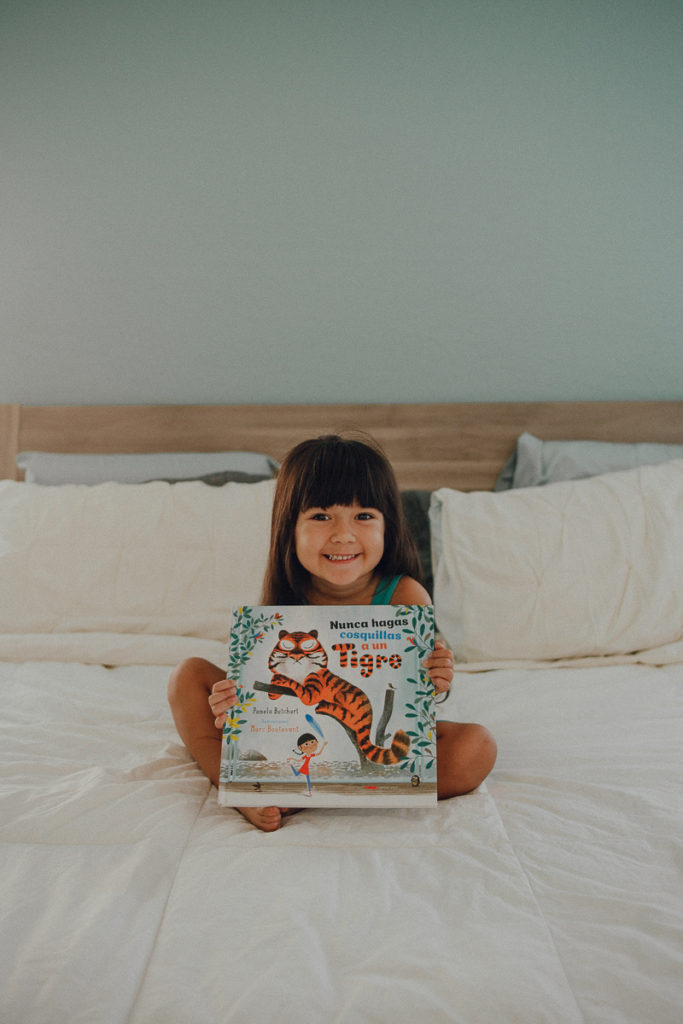Best Spanish Podcasts for Kids
I’m a HUGE podcast listener, and love to turn one on while in the car or at home doing housey things. Now that my kids are old enough to appreciate podcasts themselves, I’ve become very invested in finding the Spanish podcasts for kids!
I like to turn these on while we’re all in the car— especially during long road trips, but also when we’re doing school drop-offs or errands (although lately my kids demand the Encanto soundtrack every time we’re in the car, soooo…). Podcasts are also PERFECT for quiet time, since the kids can play with Magnatiles or Legos or paint or do other quiet things while they listen.
And, confession? I have also been known to put on a podcast during dinner when my husband Josh is out of town and I’m really tired and just need everyone to eat and let me eat in mostly-silence. Magic!
Below is my list of the best Spanish podcasts for kids, divided by type of podcast! Pretty much all of them are best for kids with a solid level of Spanish, but I did find a couple that are perfect for Spanish learners.
Podcasts are such an amazing way to boost kids’ exposure to Spanish, so don’t sleep on these great options!
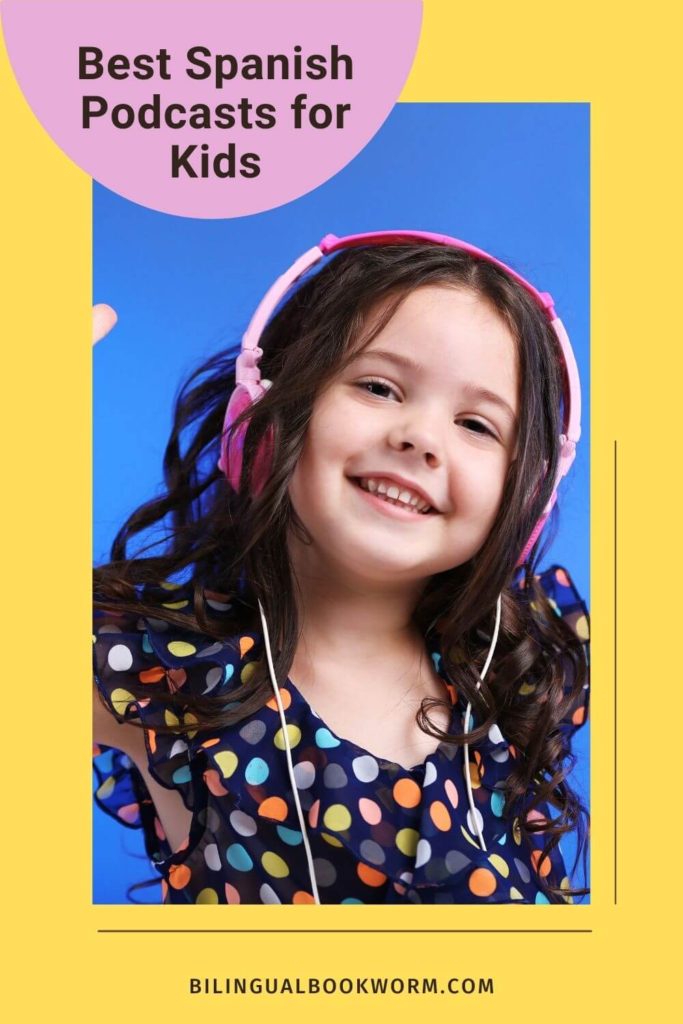
PODCASTS FOR SPANISH LEARNERS
I will confess right now that this is one podcast we haven’t listened to, but that’s because it’s aimed specifically at Spanish learners who are beginners. I’ve heard wonderful things about it though! I sampled a couple of episodes so I could write this little summary, and the audio is mostly English, introducing small bits of Spanish vocab through music and games. I think this is an AMAZING option for kids who are just starting with español! So far, there are two full seasons, with more episodes currently in production.
Spanish stories for kids
Level: Intermediate – advanced
This podcast could technically also be under the category of classic stories and fairytales. However, because the audio is very clear and spoken more slowly than lots of other podcasts, I think it would be great for Spanish learners who are pretty advanced but not quite 100% fluent. Each episode is 10ish minutes long, and the episodes are introduced in English by the storyteller’s son (who also gives vocabulary words to listen for throughout the episode, and reviews them afterward).
CLASSIC STORY / FAIRYTALE PODCASTS
Cuentos encantados
On Apple Podcasts | on Spotify
Level: Intermediate – advanced
My kids love listening to this podcast! And I am also a big fan of these “magical stories,” which include many traditional fairy tales (Hansel and Gretel, the Princess and the Pea), and also plenty of stories I had never heard before. Looks like they stopped recording in 2020, but the good news is that there are 50 episodes! Each episode is short-ish (between 10-15 minutes long), so we blew through them pretty quickly and are on Round II of listening. The narrator has a definite Spanish accent (as in, from Spain), which I thought was fun for my little mexicanitas to become familiar with.
Cuento Aventuras
Level: Advanced
This podcast has been around for a while, so even though the last episode produced was in 2020, there’s quite a backlog of episodes to enjoy! The podcast itself includes stories, fables, and jokes for kids to listen to in Spanish. As for the stories, it’s everything from classic Aesop’s fables to traditional fairy tales and even some made-up stories by podcaster Gastón Morineau. This one feels a little more like a radio show than some of the others, because the podcaster will often give shout-outs to listeners that write or call in!
Érase una vez: Cuentos infantiles
On Spotify
Level: Advanced
This is another great collection of stories! The podcast also features beautiful music and high quality audio, as well as shout-outs to kid listeners that leave voicemails at the beginning. The podcast started off with a season of “spooky stories” about a little ghost, which I’m saving for the kids to listen to next October I think.
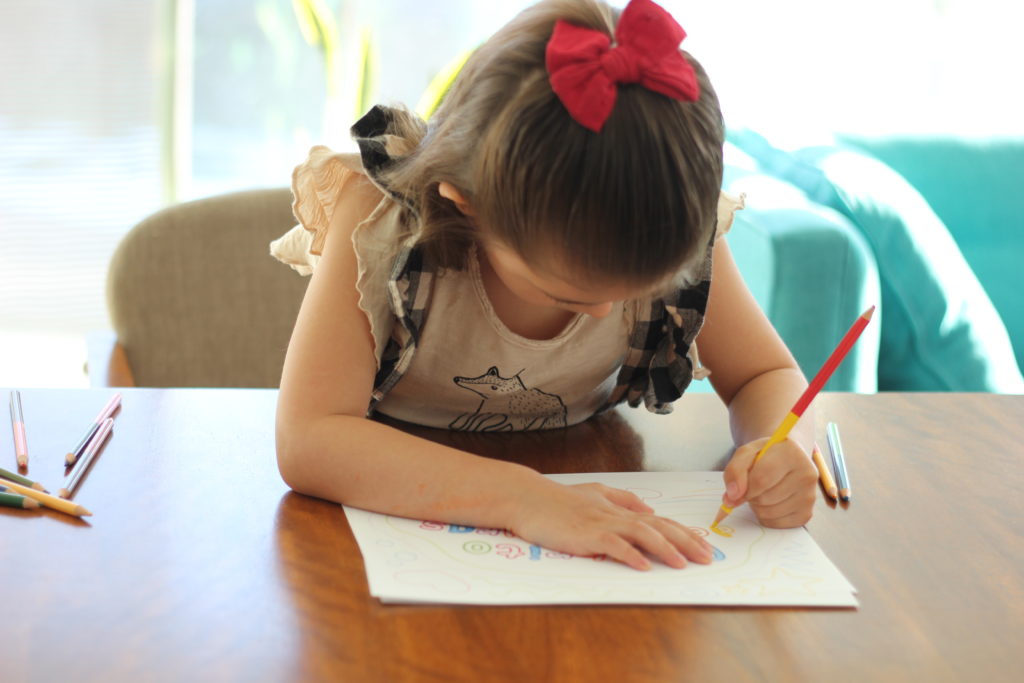
READ-ALOUD PODCASTS
Puro cuento
On Spotify
Level: Advanced
This is a fun children’s book-based podcast with high-quality music. It’s a great one for short car rides, because the stories are on the shorter side (between about 3-10 minutes). This podcast features several books that we’ve read before, but even more that we haven’t! I LOVE this podcast because I’ve read a lot about the amazing benefits for kids of listening to audiobooks (here’s one study, por ejemplo), but of course it’s kind of tricky to find audiobooks in Spanish. The last episode was produced in 2020, but hopefully they come back and if not, there’s a good backlog!
¿Me lees un cuento?
On Spotify
Level: Intermediate – advanced
This podcast is created by the Spanish publishing house Editorial Hola Monstruo, and is based on read-alouds of their books. The hosts Mariela, Alexandra and Israel recommend books they love, as well as movies for the whole family. Some episodes are read-alouds, while others are retellings of their favorite movies. This is a podcast with longer episodes (10-30 minutes usually) and the format is basically parents reading aloud a book to their child (with a lot of child participation/response).
Hoy quiero contarles
On Spotify
Level: Intermediate – advanced
Listening to this podcast kind of feels like listening to a children’s book on CD (or… whatever people use these days instead of CDs). And that’s because dominicana writer and storyteller Anya Damirón loosely reads us her favorite books (she doesn’t stick exactly to the text). This one has a lot of music and sound effects throughout, which makes it very engaging and perfect for younger kids especially.
THEMED PODCASTS
Allegro Mágico
On Apple Podcasts | on Spotify
Level: Advanced
I think this podcast is so wonderful! Allegro Mágico is a podcast created by a mamá mexicana who wanted her daughters to learn about classical music. Some episodes are a deep dive into a composer (Tchaikovsky, for example), while others feature stories accompanied by classical music or simply famous classical music pieces. I have to admit that my younger daughters aren’t quite as captivated by some of these episodes as I am (maybe because they do feature longer segments of classical music in between the story/talking); perhaps best for older listeners or to have on in the background while younger kids play or do other things. The music is so beautiful! Episodes are 10-20 minutes long.
Brains On en Español
On Apple Podcasts | on Spotify
Level: Advanced (best for kids ages 7-11)
This podcast sadly only has 7 episodes, but I was so excited to find it for my insatiably curious 7-year-old. Host Molly Bloom and a child co-host (the kids have varying levels of Spanish, la verdad) find the answers to some of life’s most interesting questions in each 30 minute science-based episode. This podcast is a translation of the English version, and sadly it looks like the project didn’t get very far, but this is still a nice little series for an older kid.
***
P.S. Listening to the best Spanish podcasts for kids is definitely one of them, but here are more easy ways to add Spanish to the daily routine!

